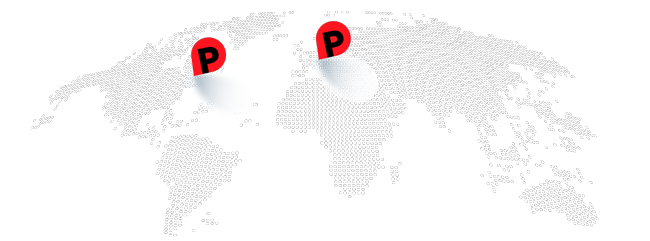When it comes to closing deals, first contact is a delicate art. There are no second chances to make an effective first impression. You must do everything in your power to ensure that your contact has an impact on your prospects.The method salespeople use to make the first contact makes a significant difference in response rates. Don’t use your personal preferences to decide whether to call or email a new prospecting, but use the method that your prospect will respond to best. So, contact the call center or send an email? Which should you choose?
Call the call center or send an email
Emails and cold calls are effective in their own way. The difference between the two is simply a matter of volume and convenience. Emails are generally easier and less time consuming than cold calls, but cold calls in a call center are more effective at getting direct responses.
A cold call is inherently more personal than an email. It allows for an immediate response and speeds up the process of dealing with a prospect who is not interested. Cold calls are also more dynamic than an email. They allow you to adapt your strategy as the conversation progresses to meet the needs of the prospect.
However, the benefits of cold calling also have some drawbacks:
. Cold calls are intrusive by nature.
. People are often reluctant to receive them regularly.
. Many potential customers will be frustrated if you contact them in this manner.
. You yourself may become frustrated and impatient if the call does not go as planned.
. They are more expensive and less effective than sales emails.
. If you constantly flood your prospects with annoying calls. Your company’s reputation can suffer.
Emails lend themselves to a different approach to customer acquisition. They are cheaper and more effective, which makes them scalable. In the time it takes to make one phone call, you can send multiple emails.
You can also include more engaging and informative content in an email to better capture numbers and concepts that would be more difficult to convey over the phone.
An email is also less intrusive than a prospecting phone call, so prospects can respond a little more politely, even if they say “no.” It may not sound like much, but it can be a big win for you and your team’s morale in the long run. They can also be automated, tracked and routed so they are easy to distribute and monitor.
The biggest risk with emails is that they get ignored. Prospects can be inundated with dozens of emails every day. The competition is fierce and numerous. In many cases, emails are blocked, unopened or deleted altogether. And if you are persuasive enough to get a response, you don’t know when it will arrive either.
So the question is: prospecting by phone or email? While there are tips that can help you decide, salespeople need to know that ultimately they need to use both.
Tips for choosing a contact channel
When deciding whether to contact a prospect by phone or email, consider the following parameters:
Time of day and day of the week.
First, take a look at your calendar and clock. Statistically, phone connection charges increase throughout the day and week. In other words, a person is more likely to answer the phone later in the day and during the work week.
This means that it is more efficient to reach customers starting at 3:00 p.m., the peak time for calls. The same goes for Thursdays and Fridays: on those days, it makes sense to set aside plenty of time for cold calls.
But what if a potential client doesn’t answer the phone within that time frame? In that case, leave a voicemail. Voicemail response rates also increase late at night, as people often check their phone messages before going to bed at night. Calling late is a win-win.
The ideal interval for sending emails, on the other hand, is shorter but more frequent. While you can send emails throughout the day, make sure you send them 10 minutes before the hour or 10 minutes after the hour.
These short intervals correspond to the times when people enter and leave meetings. What do they do with the few minutes they have left? They check their email on their smartphones. If you sync your email to be sent at a time when your customer is more likely to check their inbox, your message will appear at the top of the list and not among the others.
- You must label the request correctly
What is your objective for this first contact? To make an appointment? To get more information? To get a reference? By determining your request and classifying it as “weak” or “strong”, you can decide whether to call or write an email.
Strong requests require the prospect to commit to doing something. Requests for meetings, conference calls or product testing are called strong requests. Weak requests require direct information from the buyer: think of a request for an opinion or a reference.
Once you’ve determined whether it’s a strong or weak request, it’s easy to decide between a phone call or an email. If your request is strong, you should pick up the phone. Because these questions require more from the prospect, salespeople must use their closing skills to get a “yes.”
And it’s much easier to convince over the phone when a rep can respond in real time and resolve objections.
However, if the inquiry is weak, write an email. Don’t waste the prospect’s time on the phone unnecessarily if their request can be handled in a few lines of text.
Plus d’informations
Si vous souhaitez en savoir plus sur les meilleurs prestataires de services à la clientèle, n’hésitez pas à nous contacter. Vous devrez remplir le formulaire fourni sur notre site Web.
Question?
| info@prospecto.ca
Besoin d’aide pour vos ventes?
Prenez rendez-vous pour obtenir une soumission rapidement
– Agenda –







